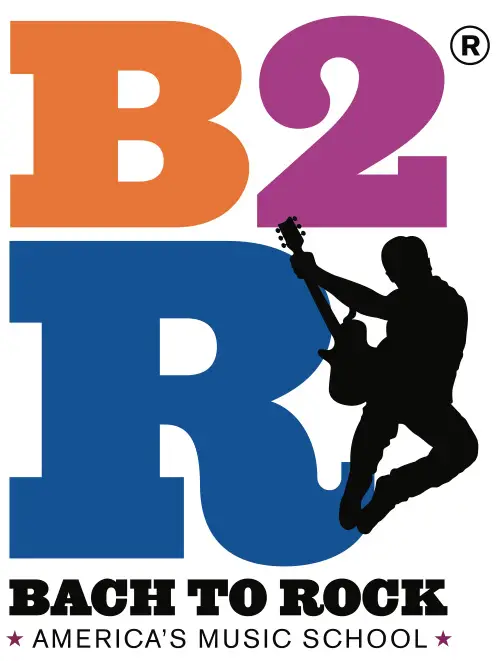Get the Best Winter Activities
To that end, the Child Mind Institute is developing an electronic medical record system that will collect relevant anonymous data in a format that can be used by research scientists if patients and families consent. This EMR strategy has been effective at increasing databases and driving discovery in other fields, from rheumatology to medical genetics to multiple sclerosis, and Dr. Milham hopes the CMI project will inspire mental health clinicians across the globe to join in.
“In an ideal world you’d link together a bunch of EMRs across different sites and you can go and do these large-scale data-mining analyses,” he says. “This is a very economic way, frankly, of generating the data we need to come up with initial ideas or guesses that we can follow with clinical trials.”
Behind the Data
But what are the goals? What can the interdisciplinary study of massive amounts of imaging, genetic, and behavioral data tell us about the brain in general and young people who struggle with emotional, behavioral, and communication deficits in particular?
We can begin by improving our current understanding of mental illness, which is based on diagnoses that are essentially groupings of symptoms.
Dr. Craddock offers an example of
the frustration with the current diagnostic system: “Take depression, for example. In order to be diagnosed
as clinically depressed you need to have five of nine symptoms. So what it means is, you can have two people who both have a diagnosis of depression but they only have one overlapping symptom.
Those people are very different.”
By looking closer at these cases, by gathering more detailed and more reliable data about all domains—behavior, biology, imaging, cognition—we may be able to divide current diagnoses into smaller, more homogenous groups that are more clinically helpful.
Subdividing diagnoses is useful, Dr. Craddock says, because one group may benefit from a particular treatment while another group benefits more from a different treatment.
This is incredibly important, he says, because even if you have an accurate diagnosis, whether or not a child will respond to a particular medication or therapeutic intervention recommended for his disorder can be difficult to predict. “If we could come up with a biological signature that could better identify a subpopulation of a disorder, or could better prescribe the appropriate treatment, or could predict the outcome of different medications,” Dr. Craddock says, the impact could be real and transformative for young people.
He and Dr. Milham have already made strides in this direction, including the ADHD 200 competition, a project in which interdisciplinary researchers were able to in some cases correctly identify not only ADHD diagnoses but also ADHD subtypes using only MRI data. The competition was part of a larger effort to share data and draw interest from a wide range of researchers, under the larger umbrella of the Open Neuroscience Initiatives sponsored by the Child Mind Institute’s Healthy Brain Network. Other initiatives include the Autism Brain Image Data Exchange.
To get to wide clinical applicability, however, we need more data, more bright researchers, more sharing, and the willingness to engage these difficult problems. Dr. Craddock concludes: “Our goal is to be able to map the trajectory of a normal developing child so that we can identify earlier in their life when they deviate.”




.jpg)

